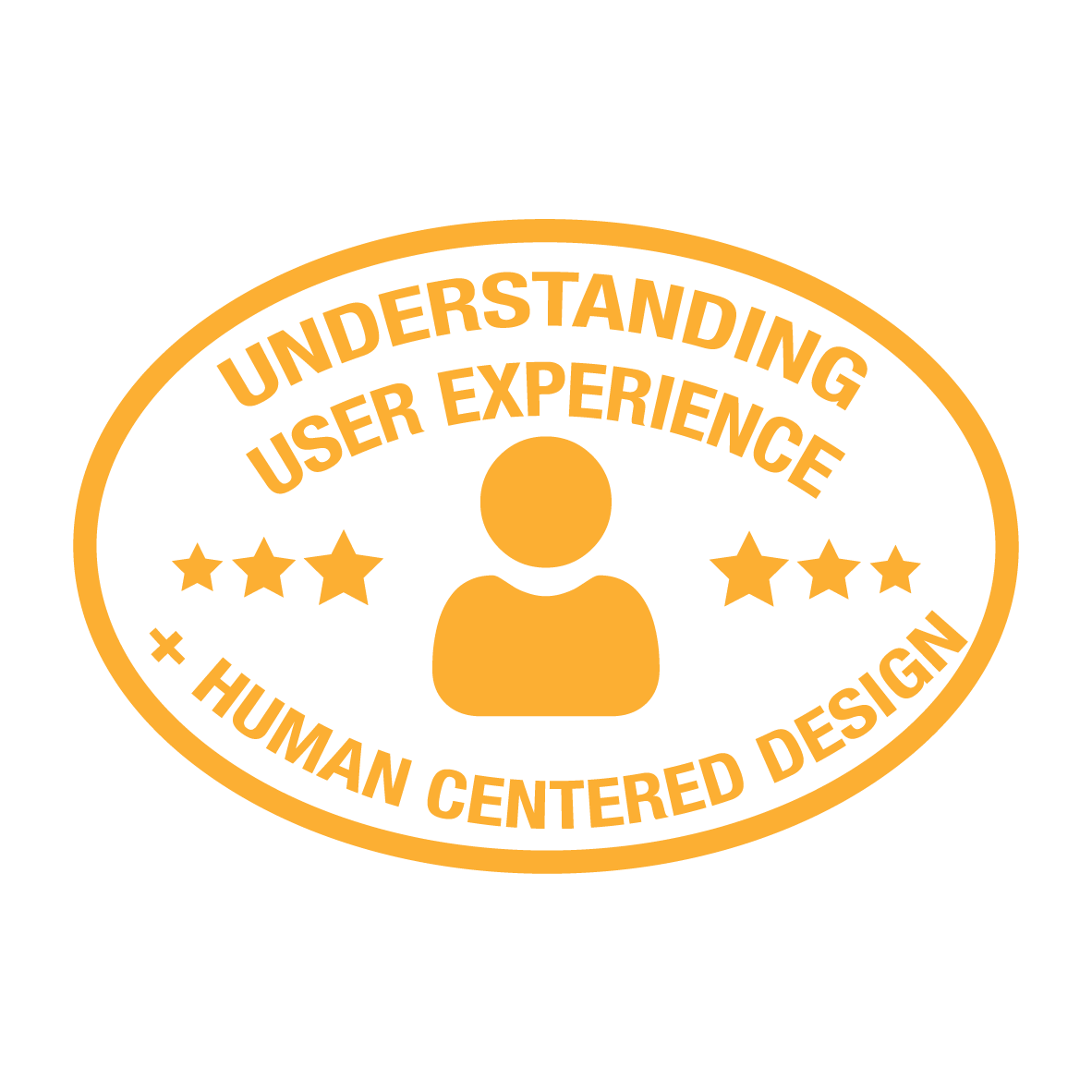Human-centered design is a principle that intentionally places humans, their needs, their concerns, and their experiences front and center when building a system. This system could be a piece of software or a product, but it could also be a process like conducting a security assessment or creating a resource for your community. Co-creation is an integral part of human-centered design, products and software that are collaboratively developed are more likely to meet the needs of a broader user base. Components of human-centered design include:
- Building empathy with the users
- Identifying needs based on observations, interactions, and user feedback
- Creative ideation to solve challenges users experience
- Prototyping without technical implementation
- Testing to validate decisions made
- Implementing based on findings during the testing phase
- Observing and collecting more user feedback
User-experience, or UX, is a holistic way someone may experience the service, the product, or the system from all aspects - usability to information architecture and layout to things like likelihood of making a mistake or being able to recover from said mistake.
How are these two concepts related? If we are able to understand our users, or more importantly, empathize with them using human-centered design principles, we are often left with better results. Our products, services, processes, or overarching system will be more resilient and more effective in achieving their goals.
A key feature to both human-centered design principles and good user-experience is communicating with the user in the form of feedback. In the software development world, it is important to collect feedback early and often to avoid problems later on in the development lifecycle, For example, spending hours engineering a product without inputting user feedback into the process can result in a product that no one will use. Not only is it likely to be difficult for your users, but changes will be more costly if made at the end of the cycle rather than the beginning, when very little to any code is written.
By involving trainers in the feedback process through the activities in the UX Feedback Collection Guidebook, USABLE provides a space for tool developers to learn about specific threats faced by their users, the risks they take, and challenges they face, in addition to tool-specific feedback to improve the design for high-risk users. Likewise, it gives trainers and high-risk users a platform to share their feedback and lived experiences, while impacting security and privacy products their communities need.
To learn more, we recommend checking out:
Nielsen Norman Group https://www.nngroup.com/articles/design-thinking/ and https://www.nngroup.com/articles/definition-user-experience/
Stanford University https://dschool.stanford.edu/resources/design-thinking-bootleg
SimplySecure https://simplysecure.org/knowledge-base/
Stamp for this activity:




